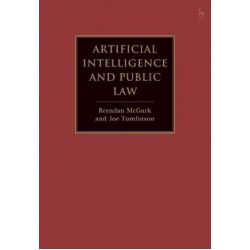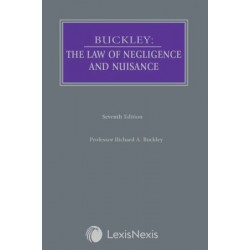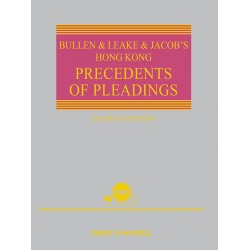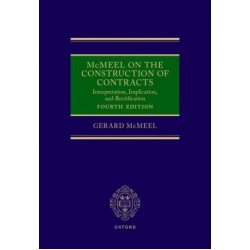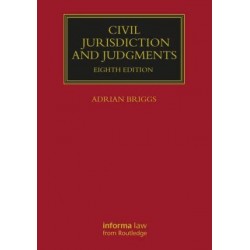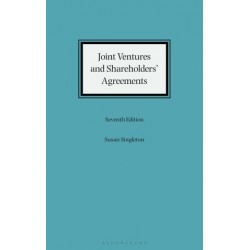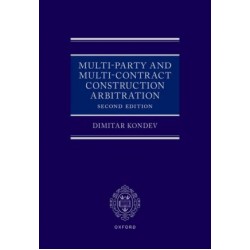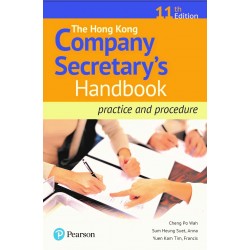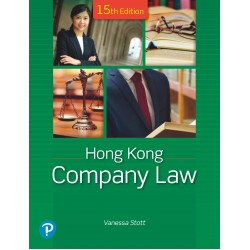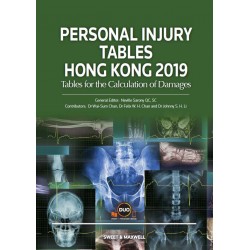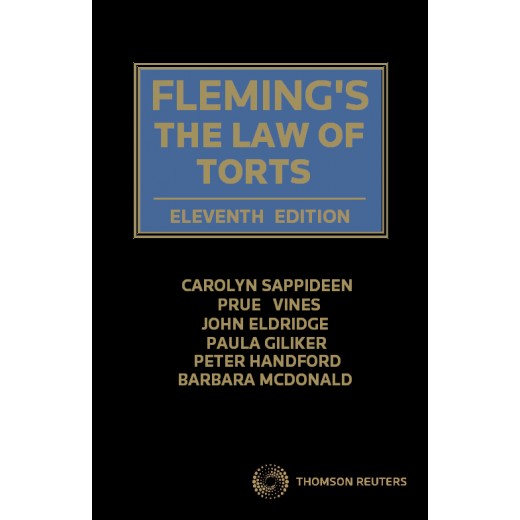Australia Title
“The Law of Torts has been influential in shaping the law in the major common law jurisdictions.” - Sir Anthony Mason AC KBE
“It is hardly surprising that Fleming’s writing, both in The Law of Torts and in other works, came to have an unequalled influence on the opinions of the Justices of the High Court of Australia” - The Hon Justice M D Kirby AC CMG
Fleming’s The Law of Torts has been valued by generations of judges, lawyers and academics.
The late Professor John Fleming’s The Law of Torts was distinguished throughout the world of tort scholarship as a work of enormous significance. It returned under esteemed new authorship in 2011 to renew the work’s place in the tort law discourse and, now, the 11th Edition offers a comprehensive update of this classic law book.
The core strength of Fleming’s The Law of Torts 11th Edition is its examination of legal principle. It distills the essence of tort legal principles and critically evaluates them.
Professor Fleming had an unflinching belief that no legal system is superior to any other and he combed the corners of the common law and civil law world in the search for answers.
The 11th Edition continues his breadth of vision. The authors both preserve Professor Fleming’s scholarship while contributing their own highly-respected insights. The result is an outstanding, must-have resource for all practitioners and scholars of tort law within the common law jurisdictions.
Major new developments in the 11th Edition include:
- Developments in intentional torts including Lewis v Australian Capital Territory (wrongful imprisonment), and decisions concerning the reach of claims under Wilkinson v Downton in the UK and Canada.
- In Australia, the expanding role of the civil liability regimes and the common law which underpins it, making comparison with other jurisdictions still valuable.
- The stepback by the High Court of Australia in relation to psychiatric injury, sustained in employment involving inherent risks in Kozarov v Victoria.
- In the United Kingdon, the potential for change to the law of nervous shock, in Paul v Royal Wolverhampton NHS Trust.
- The continuing difficulties in determining the scope of a duty to take care, particularly in the context of claims for injuries involving recreational activities, in Tapp v Australian Bushmen’s Campdraft & Rodeo Association Limited (obvious risk and dangerous recreational activities).
- The fresh challenges of climate change in the law of negligence and nuisance, as in Sharma v Minister for the Environment.
- New analysis of many significant decisions on vicarious liability and non-delegable duties, as well as statutory developments in relation to child abuse in Australia.
- The extension of nuisance to visual intrusion in cases such Fearn v Board of Trustees of the Tate Gallery.
- New developments for privacy protection in the United Kingdom, including a new tort and similar protection at common law and statute in Canada and New Zealand.
- Major developments in tortious liability in relation to digital space, such as Fairfax Media Publications P/L v Voller.


-250x250.jpg)

